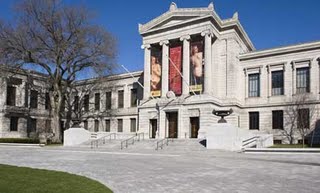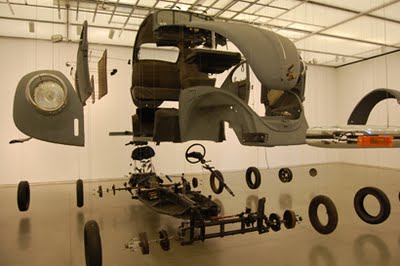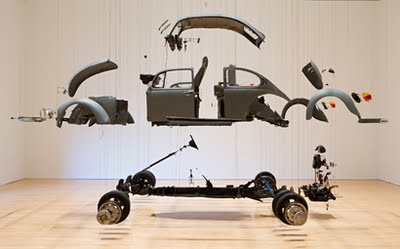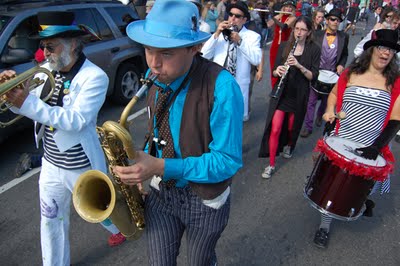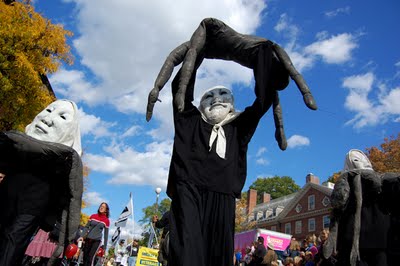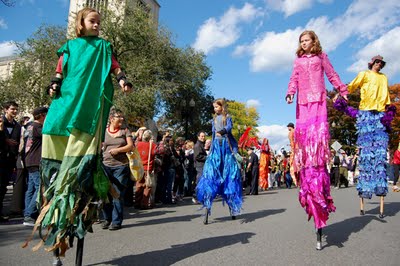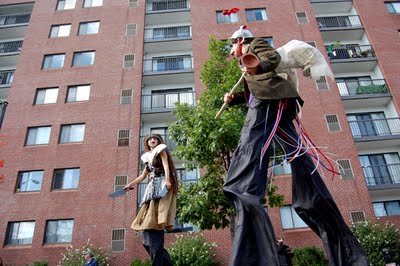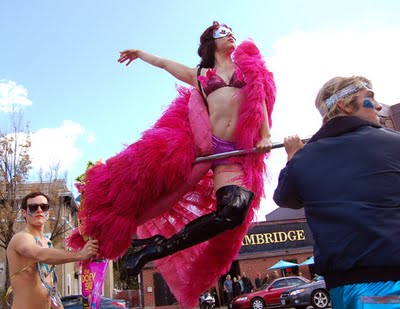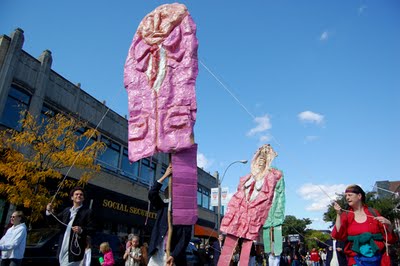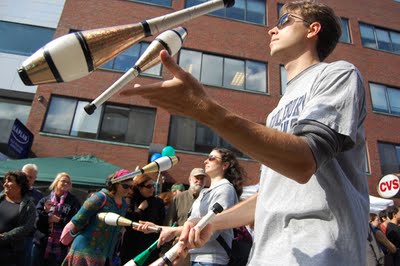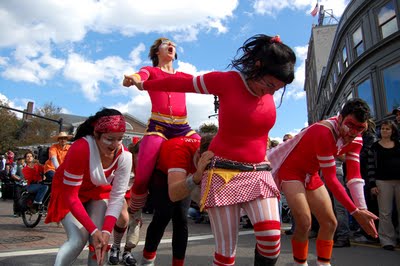Attorney General investigates Brandeis over Rose
The Massachusetts Attorney General’s Office has launched an investigation into Brandeis University’s possible misuse of donations to its Rose Art Museum in response to school leaders’ January threat to shutter the museum and sell off its collection. It’s unclear how long the investigation has been going on.
The Attorney General’s Office filed a civil investigative demand at Suffolk Probate and Family Court in Boston on Tuesday to “investigate the potential misapplication of charitable assets donated for the benefit of the Rose Art Museum at Brandeis University.” But Brandeis’s attorney, former Massachusetts Attorney General Thomas Reilly, says Brandeis agreed to an investigation from the AG around five months ago. “We want them to review,” he says. “Prior to the sale of any art, it’s required that the AG review it. And we want that done.”
Jill Butterworth, a spokesperson for the attorney general, would not comment on whether this filing announces a new investigation or just the continuation of an existing investigation. She says the AG’s office has been “monitoring and watching” the situation since Brandeis leaders threatened the Rose in January.
“The university is fully cooperating,” Butterworth says. She declined to provide additional details, saying, “We don’t discuss ongoing litigation.”
The Attorney General’s Office filed a civil investigative demand at Suffolk Probate and Family Court in Boston on Tuesday to “investigate the potential misapplication of charitable assets donated for the benefit of the Rose Art Museum at Brandeis University.” But Brandeis’s attorney, former Massachusetts Attorney General Thomas Reilly, says Brandeis agreed to an investigation from the AG around five months ago. “We want them to review,” he says. “Prior to the sale of any art, it’s required that the AG review it. And we want that done.”
Jill Butterworth, a spokesperson for the attorney general, would not comment on whether this filing announces a new investigation or just the continuation of an existing investigation. She says the AG’s office has been “monitoring and watching” the situation since Brandeis leaders threatened the Rose in January.
“The university is fully cooperating,” Butterworth says. She declined to provide additional details, saying, “We don’t discuss ongoing litigation.”







